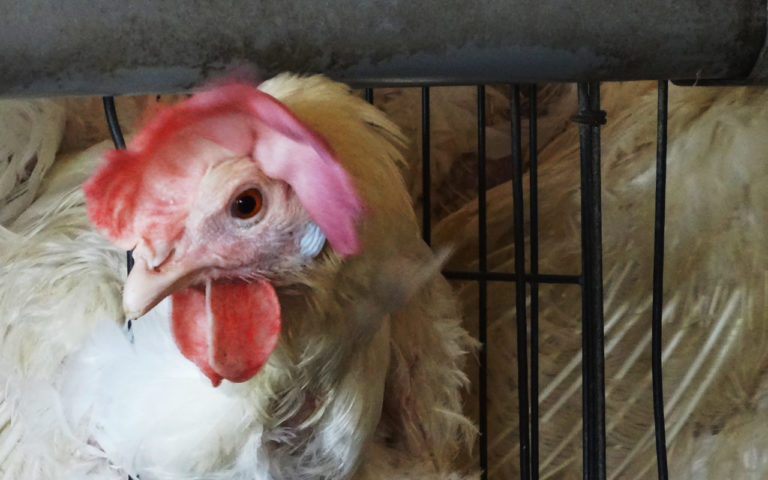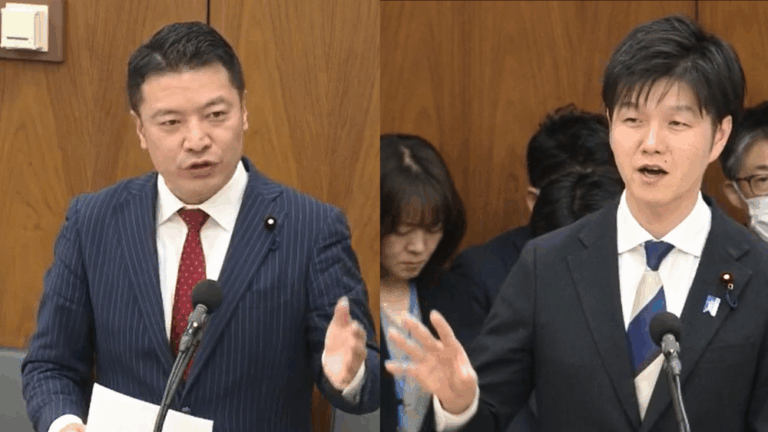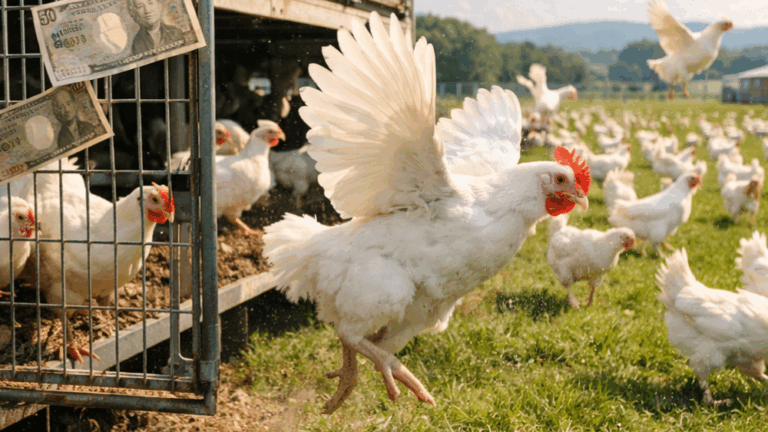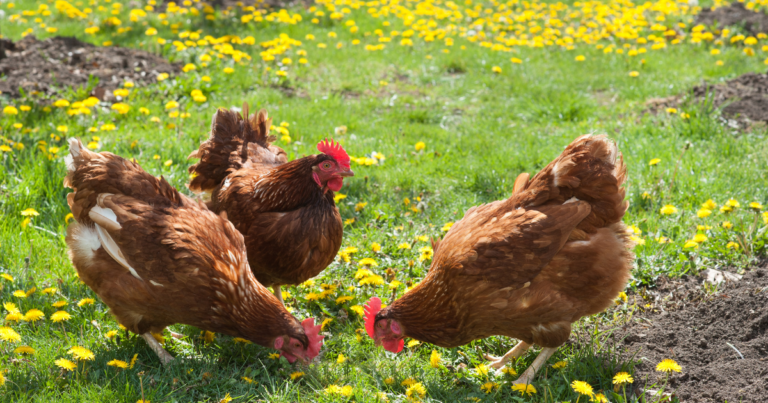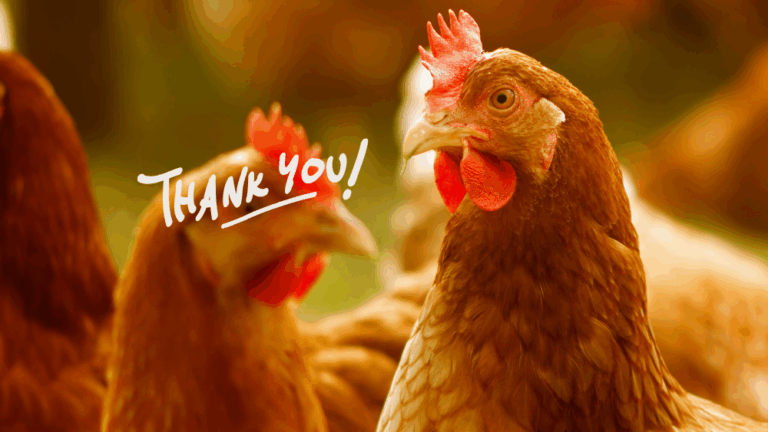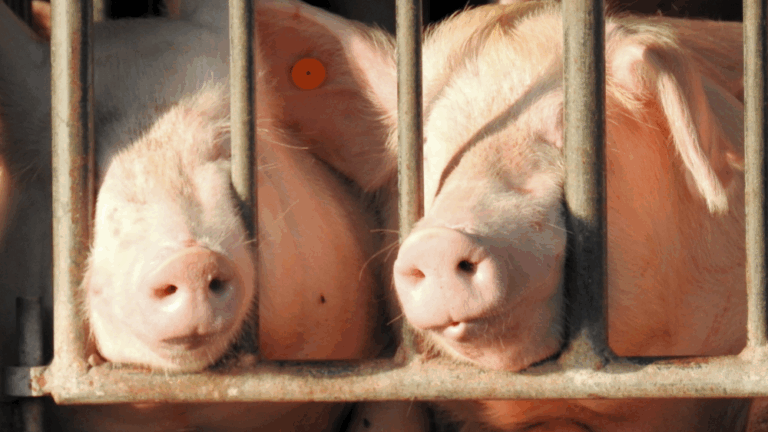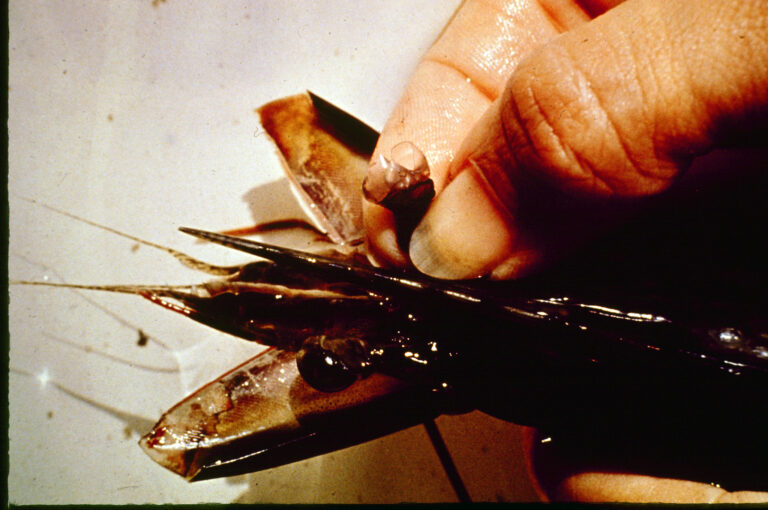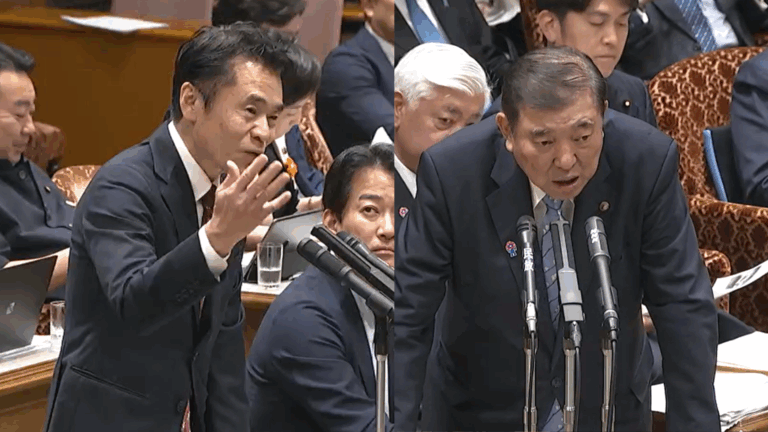In the media reports of the poultry bribe suspicion case in which the former Minister of Agriculture, Forestry and Fisheries, had secretly received 5 million yen in cash from a former representative of the egg-producing giant “Akita Foods” (Fukuyama City, Hiroshima Prefecture), there was the following detail:
There are voices that both MAFF’s argument against the OIE’s international standard on AW, and the expansion of support for large-scale producers of price difference compensation projects, “were the default route, and may not have required politicians’ intervention”.
2020/12/7 Sankei Newspaper
Is this really the case? It’s true that the Ministry of Agriculture, Forestry and Fisheries (MAFF) has backward attitude toward the world standard animal welfare, and from the perspective of us NGOs, it’s not surprising . However, comments to OIE seemed to respect OIE’s scientific and evidence-based stance. Deviation from that was after 2018, when it seems that the back money had likely been provided.
Let’s unravel from the comments submitted by Japan.
■ 1st draft: In September 2017, OIE first published “Chapter 7.Z Animal Welfare and Laying Hen Production Systems” as a new chapter.
This was low animal welfare with no recommendations.
■ Japan’s comments on the 1st draft: Following the OIE Liaison Council on 2017/12/11, Japan made comments to OIE in January 2018. At this time, Japan submitted an additional proposal with scientific basis for animal welfare and the content to make the text consistent. At the OIE Liaison Council at this time, both opinions for raising and lowering animal welfare were given (the committee members have said that even at this low level, it was too much for Japan), but the Japanese government seems to not have adopted either of them, probably because they had no scientific basis.
“Injurious feather pecking and cannibalism can also spread to other birds in the flock [Newberry, 2004]” — this kind of issue can be solved indeed by animal welfare via enrichment. That said, Japan may have wanted to say that that’s why they should be locked up individually, but that is not animal welfare. Pecking within the cage is so terrible with no escape, and feather pecking can be a significant indicator regarding animal welfare.
“Especially contact with manure can increase the risk of Bumble foot [Taylor and Hurnik 1994; Abrahamsson and Tauson 1995; Tauson et al 1999; Tauson 2002; Blokhuis et al 2007; Shimmura et al 2010].” With this, too, we agree; that’s why chickens need clean, dry litter, and above all, perches.
■ Japan also submitted comments to OIE in June 2018, but did not comment on the animal welfare of hens at this time because there was no agenda.
■ 2nd draft: In September 2018, OIE issued the 2nd draft.
In this proposal, the establishment of dust bathing and pecking areas was raised to “recommendations”, and nest boxes and perches were raised to “requirements”.
■ Japan’s comments on the 2nd draft: Following 2018/12/19 OIE Liaison Council, comments were submitted from Japan to OIE in January 2019. According to media reports, this is the time when cash was exchanged.
At the OIE Liaison Council, receiving a recommendation from the Poultry Association *1 Akita Foods vice president (at the time) Mr. Shogo Akita, the president of Sakamoto Sangyo poultry business in the neighboring Okayama Prefecture from Akita Foods, and the egg farm consulting company PPQC Co., Ltd. senior managing director had joined as temporary members. This was not the case when considering codes for pigs, etc. Mr. Akita, with a knowledge level to say, “Due to selective breeding, they’ve become chickens that don’t perch on trees” should definitely not be involved in animal welfare codes, and the fact that he attended to represent the Poultry Association seems hopeless.
Even so, the original committee members include consumer groups, and they had said that animal welfare should be enhanced and dust bathing should be a requirement.
Still, the 18-page comments made by the Japanese government were only desperate attempts to lower animal welfare. Straying comments stand out.
- Regarding dust bathing, nesting, etc. described in the article on measurables, the risks already described are repeated. Moreover, the same content is repeated many times. Previously, Japan’s comments had tended to make proposals to remove duplicated parts, but this time it is the exact opposite.
- The addition of “Good outcomes in the welfare and health of birds can be achieved in a range of housing systems” is proposed, but no scientific basis for this is given. Moreover, insertions that seem to indicate agreement are repeatedly proposed. This is a tendency that has not been seen before.
- Tremendous rejective response regarding litter is evident. Both the measurables article mentioned above and the flooring article state that litter poses risks for respiratory disorders and bacterial growth if not properly managed. However, Japan’s comments are not getting the point. It’s because the point of the text is to manage the litter properly. In MAFF’s comments, one paper is cited in three or four places, which makes the texts repetitive and wordy. Previously Japan would have said that these should be summarized because they overlap.
- Japan has made comments to demote nesting areas to something not mandatory, but no scientific basis has been given for this. Rather, there is a reference that suggests that some Japanese producers were not good at managing cage-free rearing in the past. Opinions have never been expressed so blindly without scientific basis.
By the way, as Japan commented, Japan is negative about enriched cages. We animal protection organizations totally agree. Let’s ignore the part that Japan denies these enriched cages. - Regarding the installation of perches, they have not been adopted even though EU studies have been posted indicating increased risk of fractures. As with the litter mentioned above, the texts recommend them to “to prevent keel bone deformation or, foot problems or other harms”, so it’s clear that fractures have already been factored in.
- Also, it has been shown that perches can strengthen bones *2, and bones become stronger in environments where exercise and sun exposures are possible *3, and recent research has pointed out the unnaturally large number of egg laying *4.
■ In June 2019, Japan made reminder comments to OIE again.
In the previous pig animal welfare code, when no new ideas were presented, no comments were sent. It seems natural, but there was no such action. In the opposition parties joint hearing on December 7, MAFF stated that “We hadn’t heard from OIE for a while, so just in case similar opinions” were submitted, but this is a very mysterious statement. This is because OIE held the codes committee in February 2019 as usual, and in June 2019 the ad hoc group was considering it again, and Japan was aware of that and explained it properly at the OIE Liaison Council.
In other words, these comments were clearly unnatural and repetitive reassurance.
The content of the opinions was not the same as the comments in January. The specific details were omitted, and they repeated contents limited to the effect of please carefully consider with consideration of economic and political aspects.
■ 3rd draft: In September 2019, OIE issued the 3rd draft.
In this proposal, dust bathing, foraging areas, nesting areas, and perches were demoted into “recommendations”, and Japan’s comments were reflected to add the wording “Good welfare outcomes for layer pullets and pullet laying hens can be achieved in a range of housing systems” as if animal welfare can be achieved in the battery cages, without any scientific basis. We can say that this was a compromise in consideration of political factors.
■ Japan’s comments on the 3rd draft: Following 2019/12/18 OIE Liaison Council, comments were submitted from Japan to OIE in January 2020.
ARCJ had written about the mystery of Japan’s comments in this article. It was really questionable… To repost here, Japan’s opinions were as follows:
- Opinion to emphatically “support” the proposed revision that can be interpreted as any type of poultry shack = i.e. battery cages as well, is ok. This was not discussed at the OIE Liaison Council, and several members opposed it, so it did not seem to be a consensus.
- Opinion to remove “locomotion” and “allow the performance of normal behaviour” from the role of the flooring. This was not discussed at the OIE Liaison Council.
- Opinion to remove the recommendation to install “perches”, “foraging areas”, “nesting areas” and “dust bathing areas”. This was not discussed at the OIE Liaison Council.
The obvious overtness, what does it bring to Japan?
“The Japanese government did too much.” This is us NGO’s reaction.
To us who daily continue to pursue animal welfare not only for hens but also for pigs and broiler chickens, Japan’s forced and relentless comments begin to feel uncomfortable. The OIE Liaison Council is not functioning… because the comments just forcefully insist opinions that are convenient for the industry, even if there is no scientific basis. If there were discussions outside the public and if they are still valid, they should clarify what kinds of opinions were given by whom and how the Japanese comment were put together.
The world is steadily moving towards cage-free. The world’s cage-free movement is making rapid progress year by year, and in the United States, which Japan seems to rely on in particular (the comments keep mentioning the US as if the US is Japan’s companion), the fraction of cage-free eggs has increased to 23.6% as of March 2020. By 2026, 64% of eggs are expected to be cage-free *5. The United States has already become a society in which cage-free is accepted.
Unfortunately for Japan, the Tokyo Olympics have been postponed for a year due to the effects of the novel coronavirus. The eggs were free-range at the London Games and the eggs were cage-free at the Rio Games, but there are no standards on rearing method for the Tokyo Games. Each year it gets postponed, the negative image of offering battery cage eggs will grow stronger.
Even though the image is already bad in reality, if the international standard was lowered with bribe money, the reputation of Japanese livestock products will drop further. The reputation of Japanese livestock products doesn’t matter, but unfortunately it equals Japan-born chickens continuing to suffer in misery. It’s not an acceptable issue.
At the 2018 OIE Liaison Council, the Japanese government stated, “The OIE code is not enforceable, but if it is formulated, Japan Livestock Technology Association (public corporation) will revise the ‘Animal Welfare-Compatible Rearing Management Guidelines’, and they will spread and provide guidance based on it”. But, very unfortunately for Japanese consumers, and very pleasing for the producers who stick to Japan’s cages, Japan Livestock Technology Association is more responsible than anyone else in lowering animal welfare; therefore, these guidelines have been watered down from the OIE codes, and have been rewritten fluidly like water and lightly like air, bypassing all obstacles. This is fatal for companies that have to compete globally and have to get investment. Even if you follow Japan’s guidelines, they will not be accepted in the international community at all, and they will not get any recognition or investment.
Aspiring livestock farmers who want to work on animal welfare, companies who want to procure livestock products with enhanced animal welfare, and consumers who do not want to eat livestock products that have afflicted animals, must not refer to the guidelines recommended by the government. (Even though these guidelines are also created with tax money…)
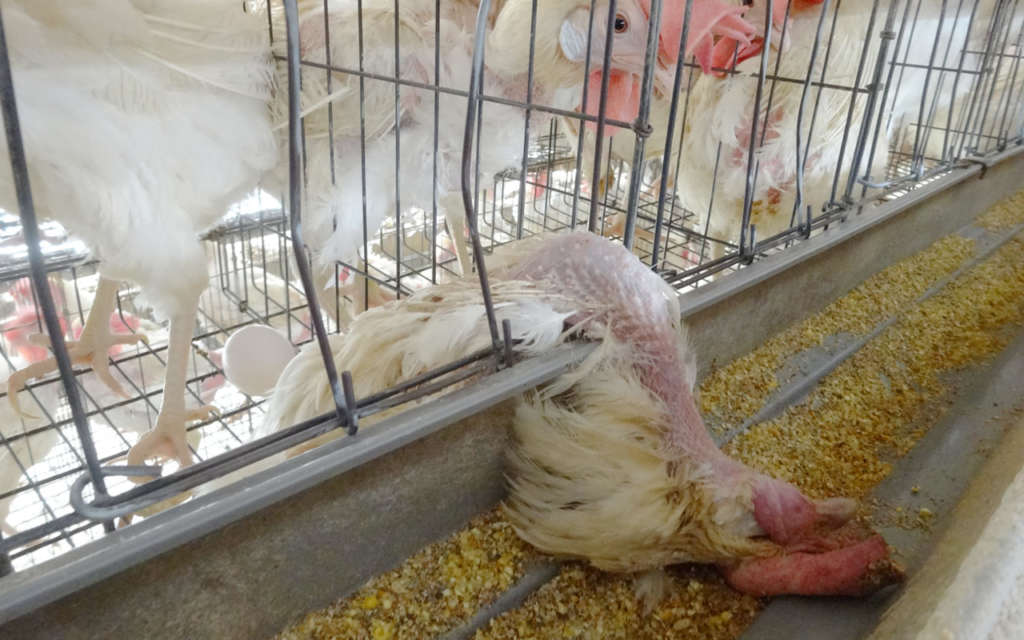
*1 20201207 from MAFF’s statement in the 1st Poultry bribery suspicion Opposition party joint hearing
*2 Wilson S, Hughes BO, Appleby MC, and Smith SF. 1993. EFFECTS OF PERCHES ON TRABECULAR BONE VOLUME IN LAYING HENS. Research in Veterinary Science 54(2):207. Hughes BO, Wilson S, Appleby MC, and Smith SF. 1993. COMPARISON OF BONE VOLUME AND STRENGTH AS MEASURES OF SKELETAL INTEGRITY IN CAGED LAYING HENS WITH ACCESS TO PERCHES. Research in Veterinary Science 54(2):202. Duncan ET, Appleby MC, and Hughes BO. 1992. EFFECT OF PERCHES IN LAYING CAGES ON WELFARE AND PRODUCTION OF HENS. British Poultry Science 33(1):25.
*3 Anna Shipov A, Sharir A, Zelzer E, Milgram J, Monsonego-Ornan E, and Shahar R. 2010. THE INFLUENCE OF SEVERE PROLONGED EXERCISE RESTRICTION ON THE MECHANICAL AND STRUCTURAL PROPERTIES OF BONE IN AN AVIAN MODEL. The Veterinary Journal 183:153-60.
*4 Poultry Science Volume 99, Issue 9, September 2020, Pages 4183-4194 Health and Disease Explanations for keel bone fractures in laying hens: are there explanations in addition to elevated egg production? Michael J. Toscano Ian C. Dunn Jens et al.
*5 https://unitedegg.com/facts-stats/


